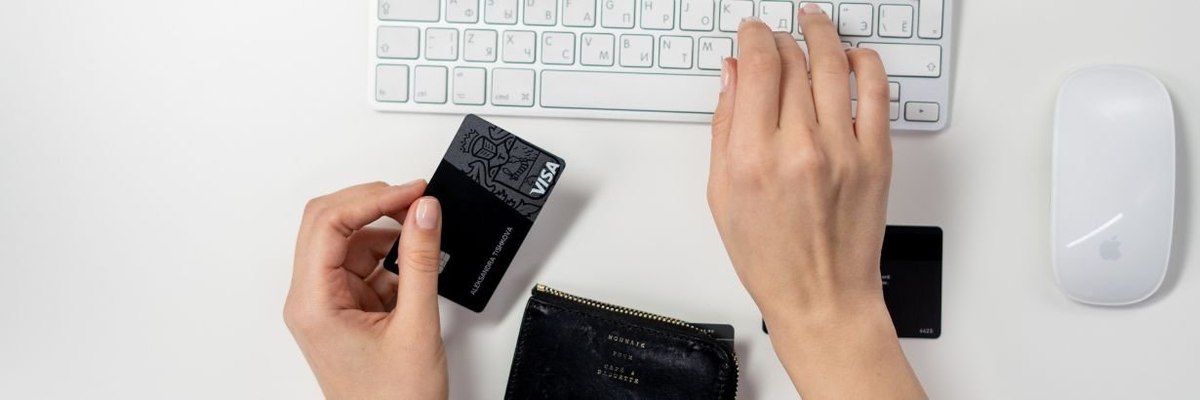
As global demand for banknotes hits its lowest point for 20 years, are Britons still using cash?
Banknote manufacturer De La Rue recently announced that demand had hit a 20-year low, citing lower cash usage since the COVID-19 pandemic (when central banks stocked up on currency). It’s a good excuse to look at where cash sits in the nation’s payment mix, and using YouGov Profiles we can do just that.
Our data shows that, when it comes to buying products in-store, contactless debit card payments are the most commonly used method (63%) among Britons, with cash coming in second (56%). If it’s not quite king of retail payments, it’s still far ahead of chip-and-pin debit card payments (41%), contactless credit card payments (27%), swipe-based debit card payments (24%) and apps like Apple Pay (21%).
There are, however, some indicators that cash is on the wane among younger members of the public. Cash is significantly less popular for in-store purchases among Britons aged 18-34 (40%): it’s significantly less commonly used than contactless debit card payments (64%) and roughly as used as chip-and-pin debit card payments (40%). What’s more, mobile payment apps are hot on its heels (37%). Cash is more popular among Britons aged 35-54 (59%), but contactless debit card payments still comfortably win out (73%).
The only age group where cash is still dominant is among the over-55s, seven in ten of whom use it when making in-store purchases (69%). Even among this group, a majority are using contactless payments for at least some in-store purchases (55%).
So cash is still an important payment option, and reports of its death – which have been circulating for some time – remain exaggerated. But while its status among older consumers may be relatively assured, those aged 18-34 are more likely to embrace tech-friendly payment options. When De La Rue rolls out its new King Charles banknotes next year, most younger consumers – on the current evidence – won’t even use them.
This article originally appeared in City A.M.